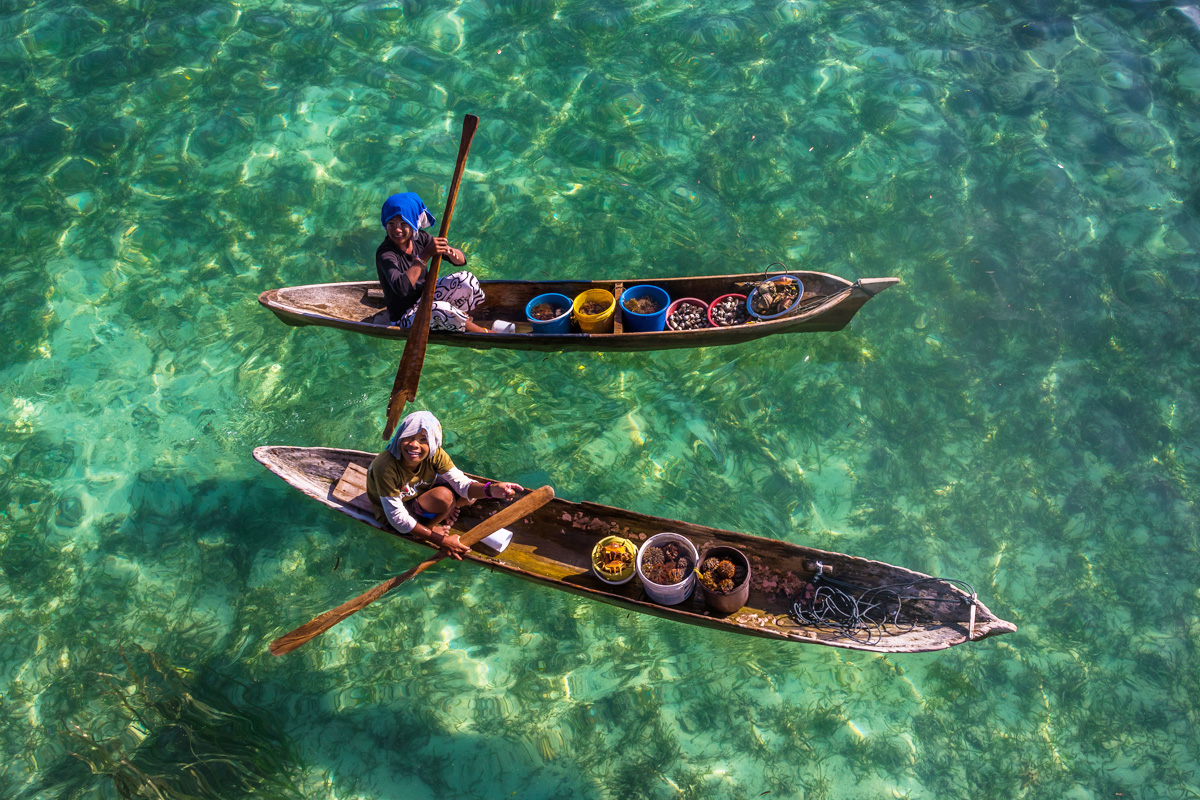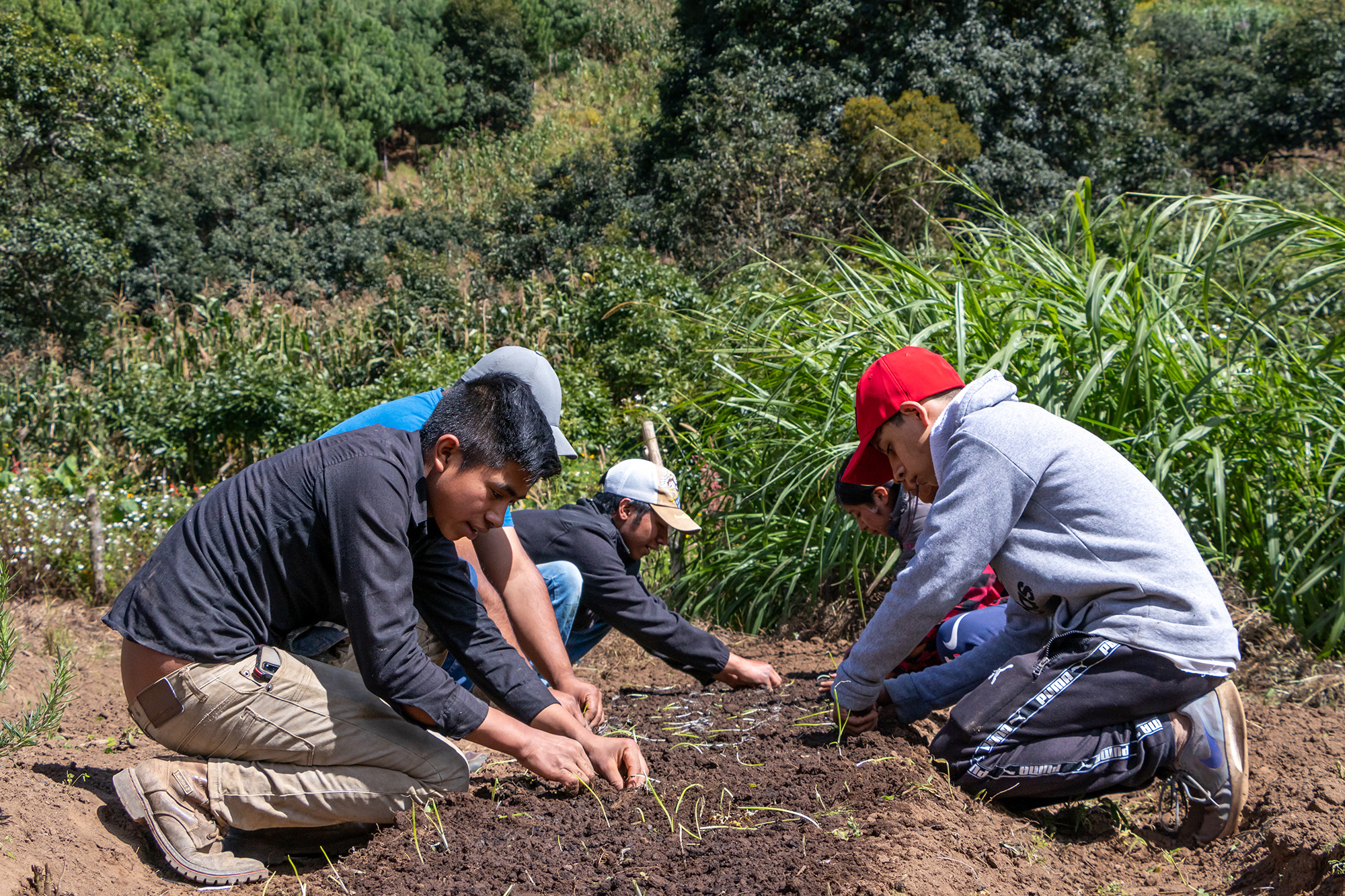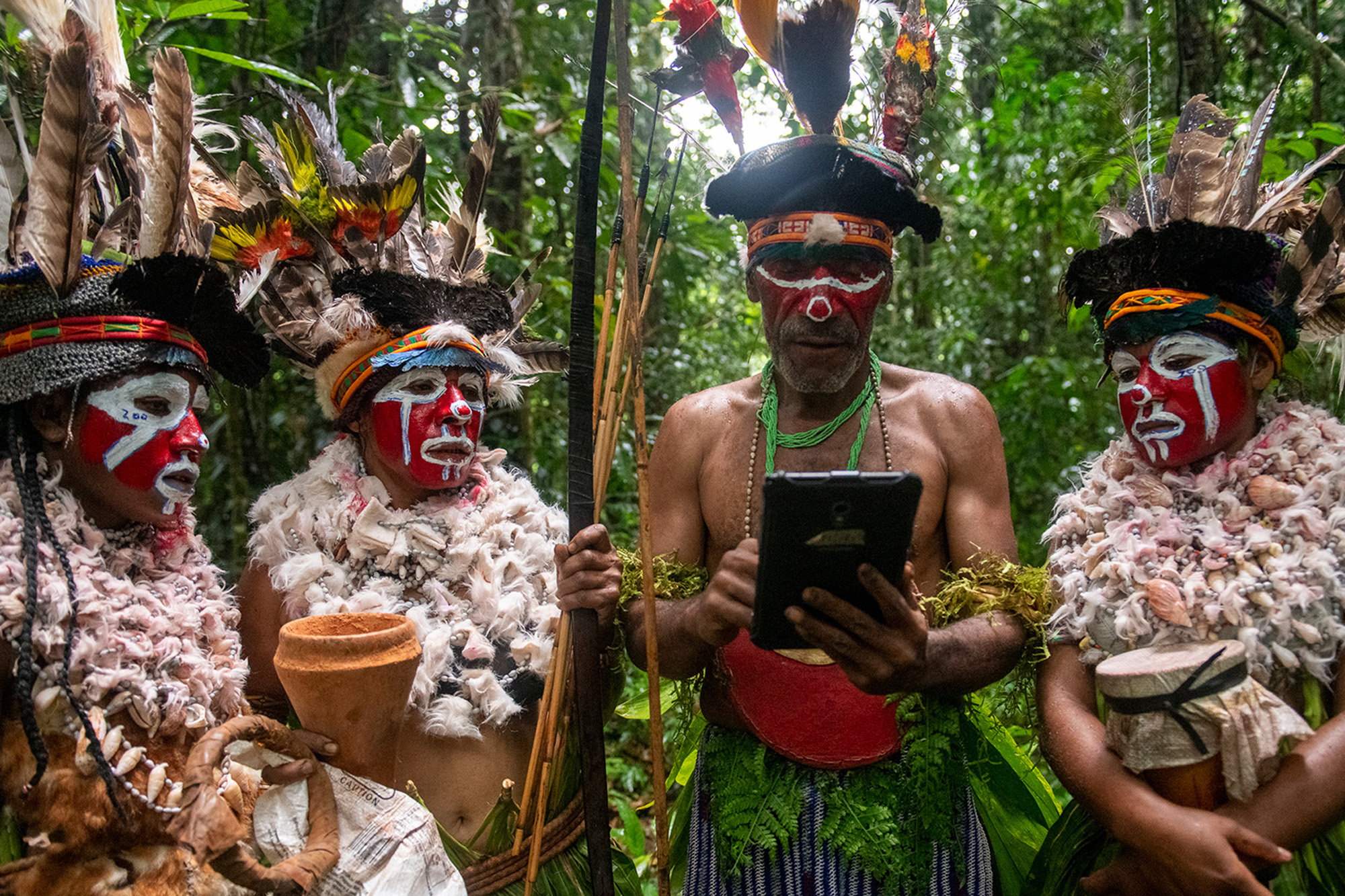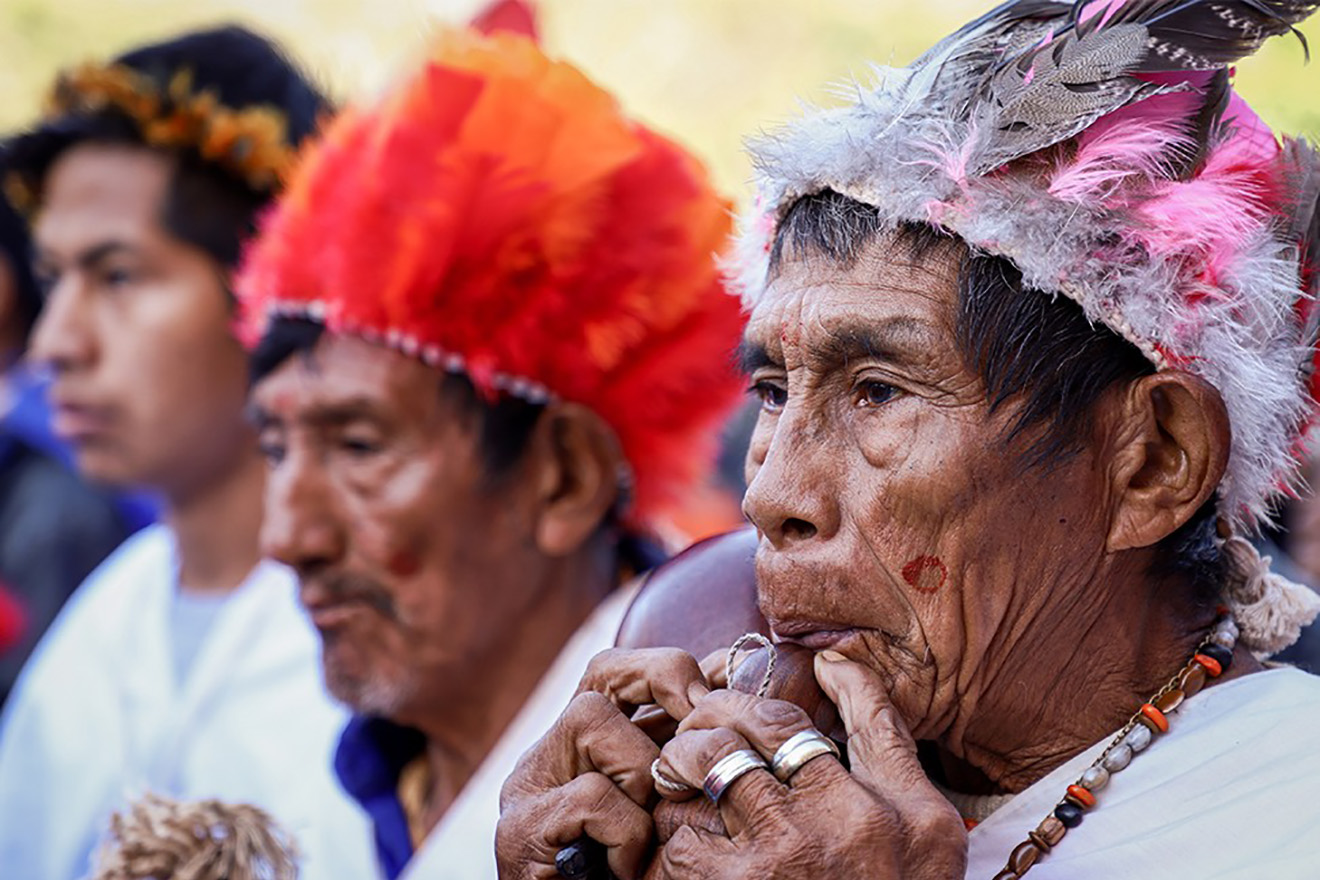Ms. Sara Olsvig, International Chair of the Inuit Circumpolar Council, addresses critical issues facing Inuit communities in the Arctic, including her home country of Greenland. She served on the UN Secretary-General’s Panel on Critical Energy Transition Minerals in 2024 and is a speaker at the 24th Session of the Permanent Forum on Indigenous Issues (21 April – 2 May 2025), focusing on financing Indigenous participation in critical minerals.
Indigenous Peoples
Join indigenous leaders, UN bodies, NGOs, and global partners at the 24th UN Permanent Forum on Indigenous Issues (21 April–2 May 2025, New York). This year’s Forum will spotlight successful initiatives and ongoing challenges in advancing the rights of indigenous peoples within UN Member States and the UN System. Established in 2000, the Forum advises on key issues like socioeconomic development, culture, environment, health, education, and human rights. Alongside the 10-day program, the Forum will host side events and an Indigenous Media Zone for Indigenous-led reporting and media engagement.
Indigenous Women are vital food providers, custodians of seeds, and guardians of biodiversity. They preserve Indigenous knowledge, agri-food systems, and cultures, deeply connected to their ancestral lands. Despite their significant contributions to food security and medicine, they often remain invisible in statistics and decision-making due to a lack of disaggregated data and persistent discrimination. The Food and Agriculture Organization (FAO) is collaborating with Indigenous Women and universities to address this data gap and involve them in decision-making. Since 2015, FAO has partnered with Indigenous Women’s organizations to run leadership schools on Human Rights and Food Security, training over 300 women to participate in international negotiations and processes.
The Garifuna are an Afro-Indigenous community in Honduras, numbering between 50,000 and 100,000, primarily relying on fishing and subsistence agriculture. They face historical and structural barriers leading to inequality, discrimination, and rights violations. Despite three favorable rulings from the Inter-American Court of Human Rights regarding the titling of their ancestral lands, corporate land grabs and inadequate enforcement hinder their rights. In February 2024, the Honduran government established a high-level commission (CIANCSI) to facilitate the restitution of ancestral lands for communities like Triunfo de la Cruz. UN Human Rights reports that land-related conflicts contribute to violence, displacement, and food insecurity, with nearly a third of the 308 human rights defenders attacked in 2023 being indigenous or Afro-Honduran.
In the Peruvian Amazon, indigenous women are spearheading ecological restoration in the Cordillera Azul National Park buffer zone, addressing deforestation that has impacted over 7,945 hectares of forest. Communities like Santa Rosa de Aguaytía (Shipibo-Conibo) and Yamino and Mariscal Cáceres (Kakataibo) are restoring biodiversity while revitalizing ancestral knowledge. Leaders such as Nilda Vásquez plant native trees, like the endangered ishpingo, alongside agroforestry crops like cacao, creating wildlife corridors and boosting family incomes. Supported by the Sustainable Productive Landscapes project, 2,658 hectares have been restored, improving biodiversity and ecosystem services. This collective effort strengthens governance, climate resilience, and the communities' connection to their land, ensuring a sustainable future for people and nature.
Two Bajau girls in Mabul island are seen selling their catch of mostly shellfish, lobster, snails, sea cucumbers and sea urchins. The Bajau Laut are a sea-faring group that traditionally lived across the Sulu Sea on small wooden boats called lepa, getting everything they needed from the ocean. Due to the creation of maritime borders that disregarded the distribution of ethnic groups, as well as other modern developments that clashed with their nomadic way of life, new generations of Bajau Laut have been forced to settle on land, not recognized as citizens by any country. The denial of citizenship means stateless people are often unable to access basic rights and services, such as state education, water, healthcare, and legal employment, leaving them at higher risk of exploitation, discrimination and abuse.
In 2023, a youth-led movement received a grant from the GEF Small Grants Programme, implemented by UNDP, to launch an environmental education project aimed at raising awareness and preparing students to address the various issues affecting their community.
Worldwide, there are approximately 200 groups of Indigenous Peoples currently living in voluntary isolation or making their first contact with the outside world. While there is no formal, legal definition of this status, ‘Indigenous Peoples in isolation’ are typically villages with little or no contact with other peoples or communities. The Matsés native community, comprised of 3,200 people, live in voluntary isolation in the Amazon Forest along the Javari River in Peru. Their ancestral territory, spanning 512,000 hectares, was officially recognized in December 2020, making the Matsés the first indigenous community in Peru to achieve this status.
Paraguay’s indigenous communities are some of the most vulnerable and marginalized people in the world. UNOPS is helping them overcome the everyday challenge of access to safe drinking water.
Across the globe, the way Indigenous Peoples produce, transform and consume food is based on a deep knowledge of the local ecosystems. WFP is tapping into this knowledge to fight hunger.
Indigenous peoples make up just over 6 percent of the world's population but are three times more likely to live in extreme poverty than non-indigenous people, and account for nearly one-fifth of the world's poor. The World Food Programme (WFP) works with indigenous peoples in Africa, Asia and Latin America to improve their food security and resilience in the face of inequality, discrimination and climate change. Ahead of the International Day of the World's Indigenous People on August 9, WFP shines a light on some little-known facts about indigenous communities - and how the organization supports them.
Around 200 groups of Indigenous Peoples live in voluntary isolation and initial contact. They mainly reside in remote forests in Latin America, Asia, and Oceania. Their survival is intricately linked to their environment, and any habitat disruption or exploitation poses severe risks, including disease exposure due to their lack of immunological defenses. On this International Day of the World’s Indigenous Peoples, the focus is on protecting their rights, which are crucial for the conservation of forests and the diversity of cultures and languages. Spread the message. Join our event.
During the Permanent Forum on Indigenous Issues, young activists discuss their lives and efforts to preserve their languages and cultures.
San Juan Comalapa is an agriculturally based municipality located in the central highlands of Guatemala. The majority of the population consists of indigenous Mayan-Kaqchikel peoples who rely on farming for their livelihood. In these territories, youth frequently migrate to other countries due to the lack of employment and business opportunities. Young indigenous women are the most affected, having fewer possibilities to get well-remunerated jobs. To provide viable livelihoods and prevent outmigration, the Comalapan Producers Association (ASPROC) offers capacity-building and training activities for young farmers in the region.
The AIM4Forests programme, launched by Food and Agriculture Organization of the United Nations (FAO) and the UK government, aims to provide countries with technological means to combat deforestation and actively involve Indigenous Peoples in forest monitoring. The programme has already begun implementation in 11 countries, including Papua New Guinea, where it combines modern technology with traditional knowledge to halt deforestation and restore degraded land. Custodians like Besta Pulum can now monitor their forest area using high-resolution satellite imagery and Open Foris Ground, a tool that allows them to demarcate their forest and monitor it using Google Earth.
In Paraguay, indigenous peoples lack access to basic needs such as adequate food, education, housing, justice and health, which puts at risk the achievement of most national and international commitments, including the Sustainable Development Goals. UN Human Rights supports Paraguay’s efforts to adopt a social protection system that integrates human rights, alleviates structural inequalities and generates sustainable growth. With funding from the Surge Initiative, the Office is working with the government, civil society, human rights institutions and academia, providing technical assistance and analytical data, and enhancing capacity to build institutional and financial capacity to ensure social security for all.













